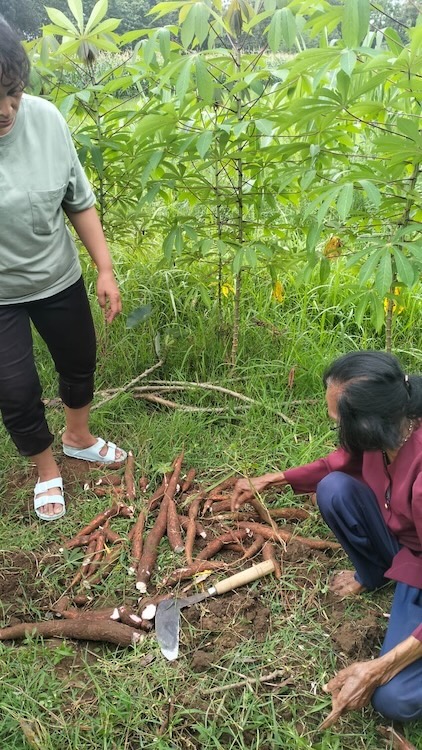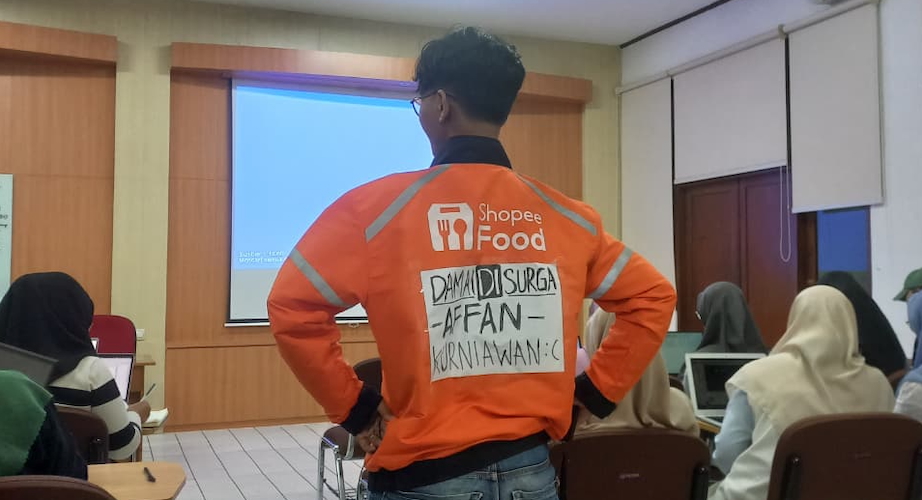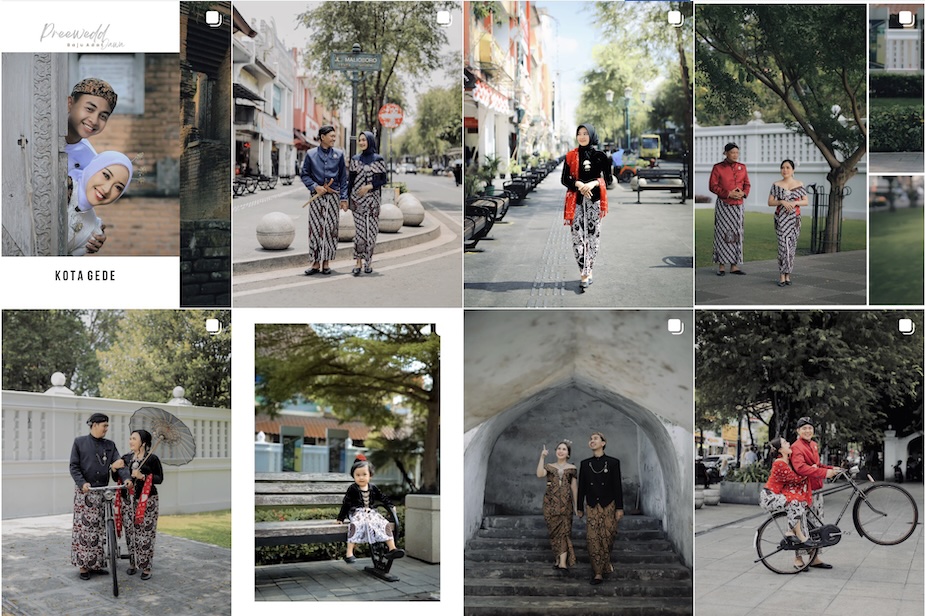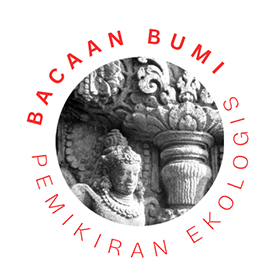The younger generation and the 1965 mass killings
Recently, the Indonesian public were riled up by the government’s plan to rewrite the country’s national history. The Minister for Culture, Fadli Zon, stated that this project aims to remove colonial biases and present history in a positive light. Naturally, this plan has sparked both support and opposition in society. The issue is that Prabowo Subianto, the current President of Indonesia, has ties to the New Order era and is suspected of involvement in various human rights violation cases, ranging from East Timor to the mass riots and anti-Chinese violence of May 1998. Many worry that this project could be used to erase traces of political elite involvement in the nation’s dark history.
The controversy over the revision of national history coincided with my joining the Indonesia Trauma Testimony Project (ITTP) team. I was invited to help collect testimonies, documents, and other relics related to human rights violations related to the 1965-1966 mass killings, an event that remains very sensitive in Indonesia to this day. When I heard about the issue of rewriting history and how the May 1998 case was being rewritten, one thing came to my mind, ‘If even the 1998 events are being rewritten like this, what about ’65?’
A race against time
This year, we will commemorate the 60th anniversary of the 1965 mass killings. However, until now, there has been no sign of resolution for this serious human rights case, nor of the national reconciliation that the government has repeatedly promised since 1998.
While the government cannot provide certainty for when reconciliation or resolution will happen, the survivors are gradually passing away one by one. Over the last few months, I have been regularly visiting survivors, accompanied by Mas Marsis and Mbak Ayu, two children of victims who are also active in the 1965 survivors’ community. When choosing which survivors to document, we have to be careful because many survivors are no longer able to tell their stories. Some have lost their memories, while others find it difficult to communicate.
At the same time, many documents, photos, or other relics have not fared any better. ‘Oh, Mas, we used to have those documents, but now I don’t know where they are,’ is a frequent response I get when I ask about the belongings and documents they may still have. It is hard to imagine just how many stories about the 1965 mass violence have been lost to time.
Before this, many efforts have indeed been made to preserve the memory of the 1965 mass killings. As Ken Setiawan, a researcher with the ITTP, has said, there are many archives and documents collected by survivors, NGOs, and even perpetrators. However, until now, no efforts have been made to collect, store, catalogue or preserve these archives, or make them accessible to the public.
A similar point was made by Rangga, a field researcher with the ITTP. According to him, the ITTP is important because this project not only collects archives and testimonies from survivors but will also make them open to the public. Hilya, another member of ITTP field team, similarly stresses the importance of open access to archives related to the 1965 mass killings. She believes many people are still unaware of the history of these events, even though they are highly educated, due to efforts to hide these stories.
The younger generation
The ITTP research project employs seven regional teams to collect endangered archives and conduct interviews with survivors and eyewitnesses to the 1965 genocide. The ITTP team in this area has four field researchers. I am the newest member to join this team, together with Pipit, who is an organiser of Kiprah Perempuan (Kipper), a community of women survivors; Rangga, a photographer and member of Mes 56, a young artists’ group; and Hilya, a member of the SEMAI group who has been actively involved with survivors in her area.
On one occasion we gathered to chat together, sharing personal stories as well as experiences from our fieldwork. When we talked about why we eventually ‘fell into’ the issue of 1965, each of us had our own story to tell.
I have known Pipit for quite a long time. We first met when I accompanied my mother to a Kipper meeting. Since then, we have often met at various events. I was quite surprised when she told that when her parents told her they were former political prisoners she initially found it very difficult to accept.
When she was still in school students were still required to watch the film Pengkhianatan G30S/PKI (‘The Treachery of G30S/PKI’), which made her see the PKI (Partai Komunis Indonesia; Indonesian Communist Party) as an ‘evil group’. At that time, she didn’t yet know that both of her parents were former political prisoners. It was only in high school that her father and mother told her that they were part of the group of so-called ‘evil people’. This made her somewhat insecure. She became withdrawn and felt unwilling to be open about who her family was.
It was only when she started college that she met friends who invited her to discuss 1965, even though they were not from survivor families. After that, she began meeting other children of survivors who then together formed the Forum for Education and the Struggle for Human Rights (Fopperham). Since then, she has slowly become active in this issue until now.

Like Pipit and me, Rangga also comes from a survivor family. At first, he was curious about the location of his grandfather’s grave. Every time he asked his father about what happened to his grandfather, he always received different answers. Only in 1998, after Suharto fell, did his parents tell him that his grandfather on his father’s side had disappeared, while his grandparents on his mother’s side were detained. However, his parents’ story did not immediately make him active on the 1965 issue.
Rangga said that it was not until a few years later that he began to ‘get acquainted’ with the 1965 issue little by little. He visited Luweng Grubug, a cave in in the Gunung Kidul region where, according to many people’s stories, those suspected of being involved with the PKI or its associated organisations were executed, one of whom was his grandfather. After that, Rangga also began accompanying his mother to meet other victims. Rangga only became truly interested in working on the ’65 issue in 2013, after a local wake (takziah) attended by several survivors was raided by a group of mass organisations. That attack made him think it was unreasonable that, even all this time after 1965, there were still attacks on survivors, especially since most of those present were elderly. From there, he began doing research into 1965, talking about it with friends, to seek an answer to one question: why was my grandfather disappeared?
Unlike Rangga and Pipit, Hilya does not come from a survivor family. Her involvement in 1965 work began when she was in her final year of university. In her free time, she joined some friends from various campuses at a café to learn about writing. It turned out the café owner was a survivor. From him, Hilya slowly started to get acquainted with the issue of 1965. She became more interested in delving into 1965 when she attended the wake for one of the survivors. From there, she began meeting several people active in research on 1965. She and her friends then actively sought out people involved in working on 1965, which eventually led her to meet survivors.
I asked Hilya why she was interested in the 1965 issue even though she had no personal connection to the 1965 genocide. She said what drew her to this period in history was its connection to women’s issues. At that time, she was also studying feminism, and she saw how massive human rights violations were closely tied to the history of the women’s movement in Indonesia.
Stories from the field
Doing fieldwork and meeting with survivors always teaches us something new. One of the most shocking things is how trauma and fear still linger, even 60 years on. We often encounter survivors who ask to remain anonymous, or who are afraid to share their stories.
This trauma is also experienced by the second generation, the children of victims. Hilya recounted how a survivor’s child received anonymous threatening letters and was unable to attend public school. She also encountered cases where the third and fourth generations are still unable to apply to become police officers because they are related to former political prisoners. She continues to meet survivors who hide their past as members of Gerwani, requiring her to meet with them repeatedly to build trust.
Listening to the stories of survivors is also an emotional challenge. Pipit shared how moved she was when one former teacher asked for only one thing: to have his dignity restored. He had been arrested by his own former student, beaten, forcibly paraded around, and tortured while in detention. He was imprisoned for a long time, but that experience made him feel he had lost his dignity.
Rangga focuses more on documenting archival materials from 1965. He has discovered documents produced by the perpetrators themselves, proving their involvement in the 1965 mass killings. Other archival documents include a list of residents linked to the G30S in villages across Central and East Java, as well as membership cards, complete with photographs. For him, discovering these important documents is rewarding work.
In turn, Rangga has learned a lot from these materials. For example, he found that most of the victims and political prisoners were working-class people, such as laborers and farmers. He also discovered that most political prisoners were in their 40s—an age considered to be one’s most productive years. He suspects this is one reason many survivor families face economic hardship.
There have also been many joyful moments for the team while in the field. When visiting one survivor, for example, Pipit was invited into the garden to harvest cassava to eat together. Small but warm moments like these often happen when we visit survivors, making us feel truly welcomed like family. These experiences have brought us happiness and made us enthusiastic to meet more survivors and help amplify their stories to the wider public.
Bimo Bagas Basworo is a content writer and member of the ITTP team. He graduated from Sanata Dharma University, Yogyakarta, with a degree in history and is interested in social justice and human rights.












